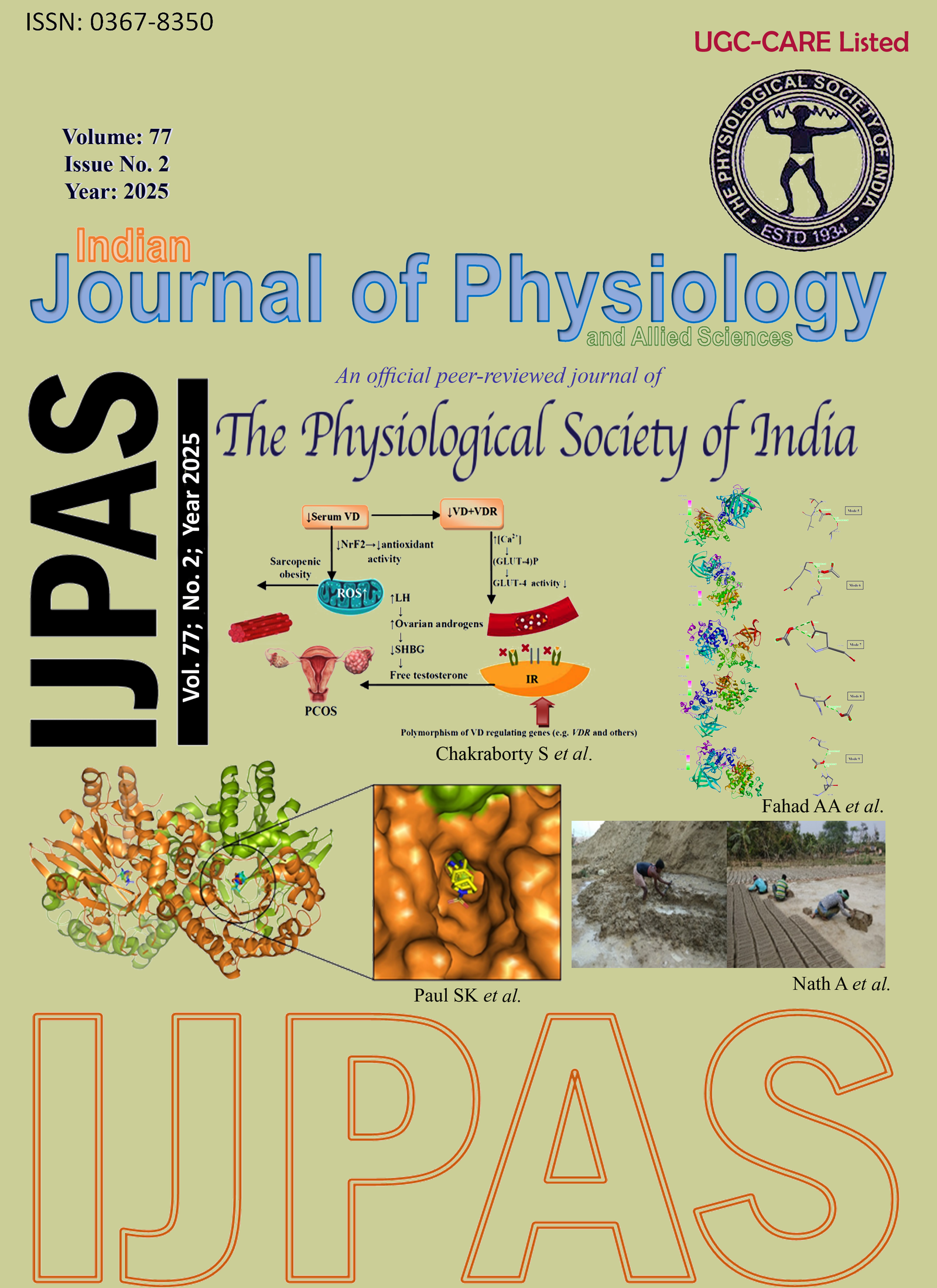The potential use of Gomphrena celosioides Mart. (Amaranthaceae) for the control of malaria, dengue, and filariasis vector: An eco-friendly botanical management of mosquitoes
DOI:
https://doi.org/10.55184/ijpas.v77i02.511Keywords:
Gomphrena celosioides, Crude extracts, Malaria, Filariasis, Dengue, Larval control.Abstract
Background: Mosquitoes pose a significant public health threat because they can transmit dreadful diseases such as Zika, dengue and malaria. Hence, there is increased interest in using plant-derived pesticides as an alternative to chemical synthetic larvicides, which have adverse effects on overall human health and the environment. Objectives: The aim of this work was to assess the effects on larvae of vector mosquitoes Anopheles stephensi, Aedes aegypti, and Culex quinquefasciatus using crude extracts of Gomphrena celosioides derived from methanol, chloroform, ethyl acetate, and hexane. Methodology: The part of the plant crude extracts (from 6 to 75 µg/ml) were tested. The larvicidal activity was measured after 24 hours of treatment. Results: The results showed that larval mortality increased with dosage, with 100% mortality at the highest concentration. G. celosioides extracts were found to possess larvicidal properties. Among the four solvent extracts tested for efficacy against mosquito larvae, methanol extract shown the best performance against An. stephensi, Ae. aegypti, and Cx. quinquefasciatus (LC50 = 12.53, 13.39 and 14.31; LC90 = 24.77, 25.36 and 26.97 µg/ml, respectively). Conclusion: This finding offers additional insight that plant extracts could eventually serve as a replacement for chemicals that control mosquito populations.
Downloads
Published
How to Cite
Issue
Section
License
Copyright (c) 2025 M.R. Kavipriya, Marimuthu Govindarajan, Vaseeharan Baskaralingam, Azhagiya Manavalan Lakshmi Prabha

This work is licensed under a Creative Commons Attribution-NonCommercial-NoDerivatives 4.0 International License.

